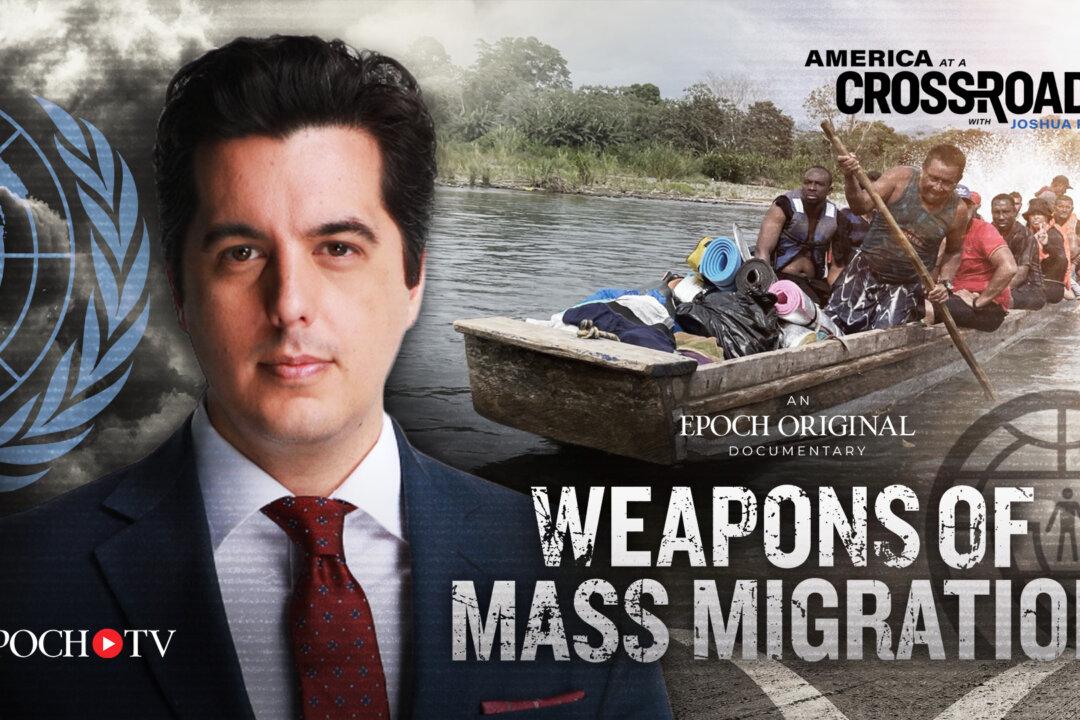NR | 39m | Documentary | 2024
One might logically assume that more organizations are working to prevent illegal immigration than to foster it, since, by definition, it is illegal. Yet (maybe not so surprisingly) that apparently is not the case.

NR | 39m | Documentary | 2024
One might logically assume that more organizations are working to prevent illegal immigration than to foster it, since, by definition, it is illegal. Yet (maybe not so surprisingly) that apparently is not the case.